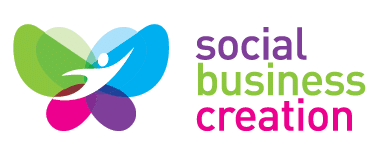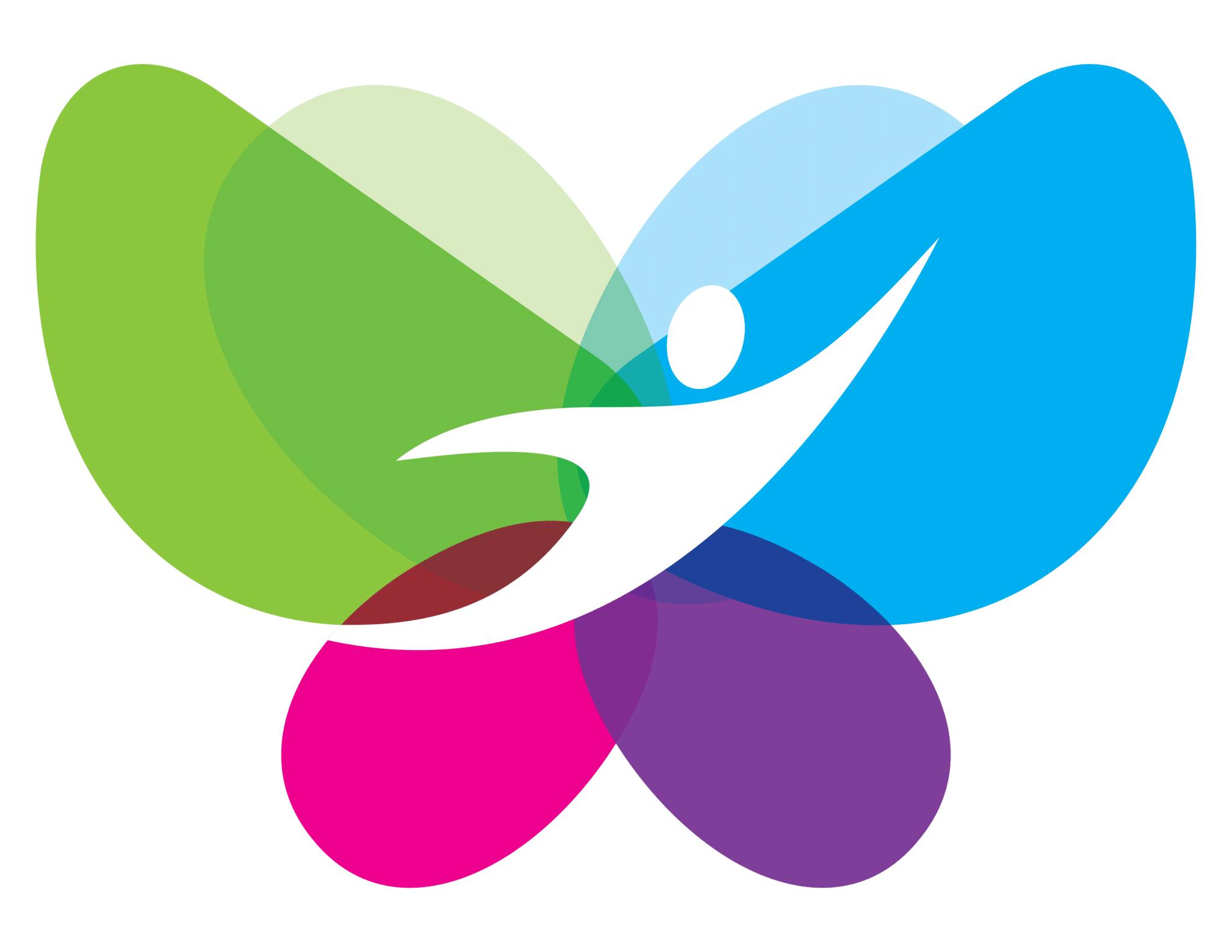Proposal
Wichay
The increase in poverty in both rural and urban areas of Peru reflects deep-seated structural and economic challenges. In rural areas, lack of access to basic services and dependence on vulnerable activities perpetuate poverty, while in urban areas, rapid urbanization and labor informality contribute to insufficient income. And if to all this we add the existing interconnection with social problems, such as exclusion and lack of access to education and health, they further aggravate the situation.
All of this leaves us in a critical situation, the problem of which must be addressed urgently. As time goes by, this problem continues to increase, and the number of people affected by poverty and social inequality is much greater; and it is in this sense that this solution idea was born, in order to contribute to the change that is needed.
If we stop to reflect, there are thousands of women and men with limited economic resources who search every day for job opportunities that can help them financially support their basic needs and those of their families; and that is where Wichay was born, a venture whose main objective is to help those people who are in a situation of economic vulnerability, giving them an opportunity to acquire new skills that allow them to get ahead and generate income that allows them to solve part of their economical needs.
With Wichay, what we seek is to provide a space in such a way that those people who are heads of the family are given the opportunity to learn new skills, whether it be carpentry, molding, carving, sewing, weaving. , among others; so that they can add value to the raw materials they work on, and that they can dispose of those products as they like best (they can keep them, sell them, etc.).
However, the extra point of Wichay is that it will offer these people the possibility of buying their products at a fair price, and that later, after certain procedures, Wichay can sell said products in stores abroad, or in Peru itself, at a price that allows them to generate even more profits, and that part of them are redirected to the people who really need it.
With this initiative, Wichay would be solving 3 key points of the sustainable development goals proposed by the United Nations:
Goal 1: End Poverty
Wichay’s initiative addresses Goal 1: No Poverty of the United Nations Sustainable Development Goals (SDGs) in several ways:
Eradicating extreme poverty: By providing economically vulnerable people with the opportunity to learn new skills and generate income, Wichay is helping to eradicate extreme poverty. This aligns with the first goal of this SDG, which is to eradicate extreme poverty for all people everywhere.
Creating decent work opportunities: Wichay offers people the opportunity to learn skills such as carpentry, molding, carving, sewing, weaving, among others. These skills can be used to create products that can be sold, thus providing a source of income. This aligns with the goal of this SDG to create decent work opportunities.
Implementing social protection measures: By purchasing people’s products at a fair price and then selling them at a price that generates profits, part of which is redirected to people in need, Wichay is implementing a form of social protection. This aligns with the goal of this SDG to implement social protection measures for all.
Goal 8: Decent Work and Economic Growth
The Wichay initiative addresses Goal 8: Decent Work and Economic Growth of the United Nations Sustainable Development Goals (SDGs) in the following ways:
Promoting sustained economic growth: By providing economically vulnerable people with the opportunity to learn new skills and generate income, Wichay is promoting sustained economic growth. This aligns with the first objective of this SDG, which is to promote sustained, inclusive and sustainable economic growth.
Promoting decent work for all: Wichay offers people the opportunity to learn skills such as carpentry, molding, carving, sewing, weaving, among others. These skills can be used to create products that can be sold, thus providing a source of income. This aligns with the objective of this SDG to promote development-oriented policies that support productive activities, the creation of decent employment, entrepreneurship, creativity and innovation.
Implementing measures to promote decent work and economic growth: By purchasing people’s products at a fair price and then selling them at a price that generates profits, part of which is redirected to people in need, Wichay is implementing a form of social protection. This aligns with the objective of this SDG to implement measures to promote decent work and economic growth.
Goal 11: Sustainable Cities and Communities
Wichay’s initiative addresses Goal 11: Sustainable Cities and Communities of the United Nations Sustainable Development Goals (SDGs) in the following ways:
Making cities and human settlements inclusive, safe, resilient and sustainable: Wichay is providing a safe and sustainable space for people to learn new skills and generate income. This aligns with the main objective of this SDG.
Provide access to safe, affordable, accessible and sustainable transportation systems for all: Although not explicitly mentioned in Wichay’s description, the initiative could involve transporting products from rural to urban areas for sale, which aligns with this SDG objective.
Strengthen efforts to protect and safeguard the world’s cultural and natural heritage: By enabling people to learn skills such as carpentry, moulding, carving, sewing and weaving, Wichay is helping to preserve and promote artisan traditions and skills local, which aligns with this SDG objective.
To conclude, Wichay is a project in Peru carried out by students from the Universidad del Pacífico that seeks to combat poverty and social inequality. It offers low-income people the opportunity to learn skills such as carpentry, molding, sewing, among others, with the aim of generating income. They buy products at a fair price and sell them locally or for export, redistributing the profits to those who need it most. This initiative addresses several UN Sustainable Development Goals, including the eradication of poverty, the promotion of decent work and economic growth, and the creation of sustainable communities.
Bibliographic references:
- Administrador. (2024, 10 enero). Economía peruana crecería 2.5% en el 2024 según el Banco Mundial – AmCham News. AmCham News. https://amcham.org.pe/news/economia-peruana-creceria-2-5-en-el-2024-segun-el-banco-mundial/#:~:text=Econom%C3%ADa%20peruana%20crecer%C3%ADa%202.5%25%20en%20el%202024%20seg%C3%BAn%20el%20Banco%20Mundial,-Tiempo&text=El%20PBI%20del%20Per%C3%BA%20volver%C3%ADa,de%200.4%25%20en%20el%202023.
- Banco Mundial. (2023, 27 abril). Siete de cada diez peruanos son pobres o vulnerables de caer en pobreza, nuevo informe del Banco Mundial. World Bank. https://www.bancomundial.org/es/news/press-release/2023/04/26/peru-informe-pobreza-y-equidad-resurgir-fortalecidos
- Canasta básica familiar: costo cede ante desaceleración de la inflación en países de la Alianza del Pacífico. (s. f.). AméricaEconomía. https://www.americaeconomia.com/economia-y-mercados/canasta-basica-familiar-costo-cede-ante-desaceleracion-de-la-inflacion-en#:~:text=Mientras%20que%20en%20Per%C3%BA%2C%20para,US%24%20112%2C8)
- ECONOMÍA: SITUACIÓN y PERSPECTIVAS. (s. f.). COMEXPERU – Sociedad de Comercio Exterior del Perú. https://www.comexperu.org.pe/articulo/economia-situacion-y-perspectivas
- Garcia, M. B. (2024, 30 enero). Pobreza – desarrollo sostenible. Desarrollo Sostenible. https://www.un.org/sustainabledevelopment/es/poverty/#:~:text=Metas%20del%20objetivo%201,-1.1%20Para%202030&text=1.2%20Para%202030%2C%20reducir%20al,arreglo%20a%20las%20definiciones%20nacionales.
- Moran, M. (2024, 26 enero). Crecimiento económico – Desarrollo Sostenible. Desarrollo Sostenible. https://www.un.org/sustainabledevelopment/es/economic-growth/#:~:text=El%20Objetivo%208%20pretende%20promover,el%20trabajo%20decente%20para%20todos.
- Los vaivenes de la pobreza y el crecimiento en el Perú, por Gustavo Yamada y Pablo Lavado. (s. f.). https://ciup.up.edu.pe/analisis/los-vaivenes-de-la-pobreza-y-el-crecimiento-en-el-peru
- ODS 11 Ciudades y comunidades sostenibles | Pacto Mundial ONU. (2023, 20 abril). Pacto Mundial. https://www.pactomundial.org/ods/11-ciudades-y-comunidades-sostenibles/#:~:text=El%20ODS%2011%20pretende%20conseguir,ciudades%20la%20reducci%C3%B3n%20del%20impacto
- INEI. (2014, 10 de julio). Minería e Hidrocarburos explicaron el 84.7% del crecimiento del PBI en mayo. Agencia Andina. https://www.inei.gob.pe/media/inei_en_los_medios/10-jul-andina.pdf

